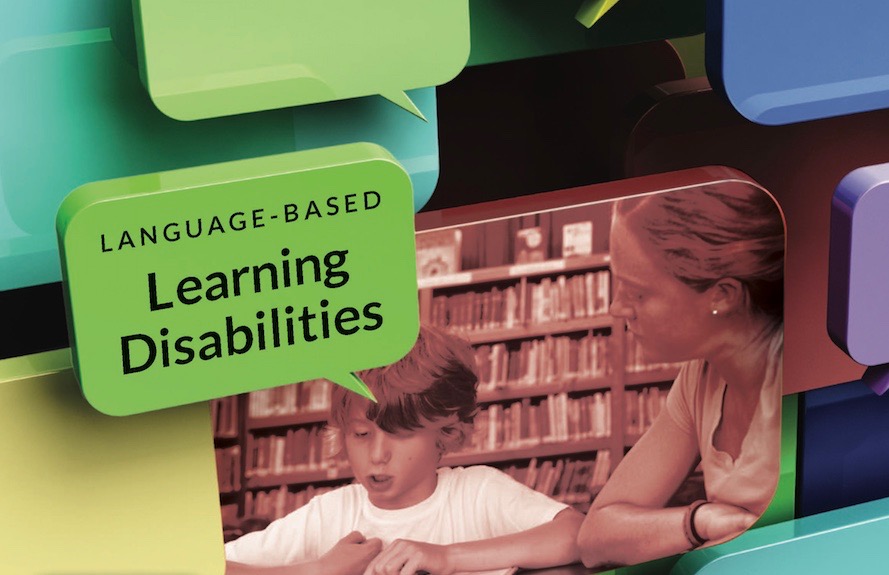The Building Blocks of Reading Comprehension
“Learning to recognize text structure and to apply strategies to identify and generate topics, main ideas, and supporting details is essential to developing comprehension skills.”
— Patricia W. Newhall, Study Skills: Research-Based Teaching Strategies
Finding the main idea or understanding what you read is one link in a chain of reading skills, and each skill relies on and supports one another. To comprehend text, students must first be able to understand the phonological components of language (that sounds are represented by letters), then they must be able to decode words and read fluently. They also must have a familiarity with the concepts and vocabulary within a given reading.
Students who have strong reading comprehension skills are often able to:
- Make connections to previously learned material
- Generate questions
- Create mental images
- Make inferences
- Determine importance
- Synthesize information
- Automatically apply fix-it-up strategies
Students with a specific learning disability (SLD), such as dyslexia, may struggle with comprehending what they read because of weaknesses with the phonological components of language. They often must dedicate so much mental energy to decoding words that they do not have enough left to understand what they are reading. Students who struggle to understand what they read often:
- Confuse the meaning of words
- Struggle to connect ideas in a passage and connect to prior knowledge
- Omit or gloss over details from the reading
- Lack concentration while reading
- Have trouble remembering or summarizing what was read
- Demonstrate difficulty distinguishing significant information from minor or irrelevant details
How to Support Reading Comprehension in the Classroom
As students progress through grades, it is the expectation that they are no longer “learning to read” but “reading to learn.” For students with an SLD like dyslexia, this shift in curriculum can be challenging; however, educators can structure reading exercises and units to help support students. If teachers break reading comprehension tasks into a system of steps that build understanding, students can more easily re-allocate cognitive energy to the task of understanding what they read.
To support students’ understanding of text teachers can introduce and practice prerequisite comprehension skills:
- Teach students to categorize
- Help them see the relationships between objects, ideas, vocabulary words, and other concepts
- Help them see the difference between relevant and irrelevant details associated with a topic
- Help them understand the concepts of main ideas and details
- Teach students to identify topics
- Encourage them to look for a repeated word within the passage
- Discuss synonyms for frequently used words
- Pre-teach required vocabulary to understand the topic of the passage
- Teach students to find the main idea, which is the point the author is trying to make about the topic
- Model and encourage self-questioning to help students find the main idea: “What do I think the passage is saying about the main idea?”
- Teach students to identify supporting details
- Have them re-read passages to look ONLY for information that supports the main idea
- Model self-talk to help students make sure that facts, descriptions, explanations, and examples all tie back to the main idea
- Help them see the difference between relevant and irrelevant details associated with a topic: “Does this fact, example, or explanation help support the main idea?”



